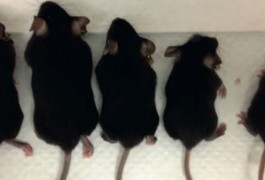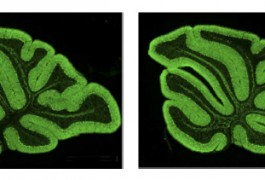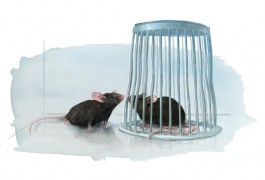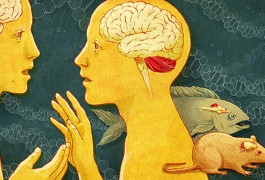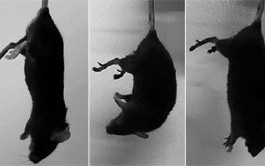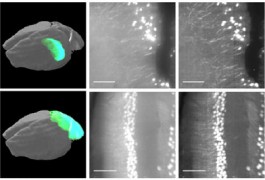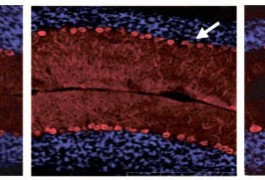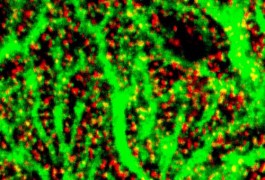Autism gene acts as ‘switch’ for brain development genes
The autism-linked gene AUTS2 activates a group of genes that may be important for early brain development. The findings, published 18 December in Nature, hint at AUTS2’s potential role in autism and other developmental disorders.
